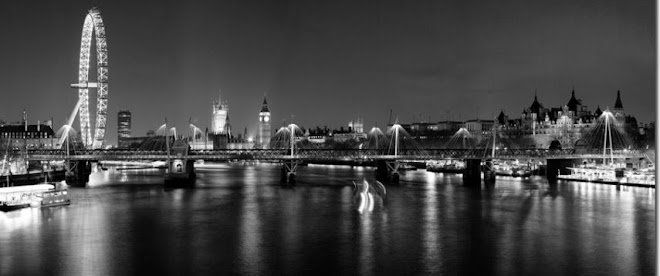For my first magazine spread I wanted to write about
something I had either personally experienced or was enthusiastic about and I
thought writing about travel would be the perfect scenario. I travelled around
South America in my gap year and have a lot of fantastic photos from my trip,
which I knew would be perfect to use as there would be no issues surrounding
copyright.
I wanted to aim my piece at a general audience, rather than
making it too gender or age specific. I intended it to be an article that could
be seen in a travel magazine, reviewing a variety of different places and
experiences in an informal manner. Using a lighter tone makes it easier to read
and allows the reader to become more engaged. I did not want to write in first
person, as it would have come across as more of a travel journal. However, I chose to write about places I had
visited because the images I had to accompany this are fantastic and really
show case some of the highlights of South American culture.
Travel is becoming increasingly popular for people of all
ages and so many people are looking for new experiences and many newspapers now
publish a travel magazine with their Sunday papers, advertising the top places
in the world to visit. My magazine spread was designed to be in line with this
style.
I initially thought about the idea of focussing on one place
in South America to write about but by choosing to explore a variety of
different places, I felt it could appeal to a wider range of people and their
interests, looking at places from nature reserves to popular cities.
I felt it was important to choose really striking images to
accompany my spread, as more often than not, in travel writing for magazines,
it is the pictures that draw people in to read the article. I tried to achieve
diversity in the photographs I chose, from shots of historical ruins to more
modern city landscapes to show that the piece covers a bit of ‘something for
everyone.’
When I first began to edit my layout I chose a background
image of a Peruvian mountain range, however I felt that this deflected from the
other images on the page. By keeping the background simple, it draws the eye to
the pictures on the page more dramatically. I also considered that using a
background image is not very often used in articles such as this for the above
reason and a plain white background is more effective.
I did have difficulty in making sure that each place I
mentioned was not spoken about in too little detail. I did not want to mention
an entire catalogue of places as I felt that if the article was too long, the
reader could lose interest. By choosing a few carefully selected places to
write about, I made sure that it was engaging to people of all ages and
interests.
Overall I am pleased with the layout and style of the spread
and feel it would be fitting in a travel magazine.

